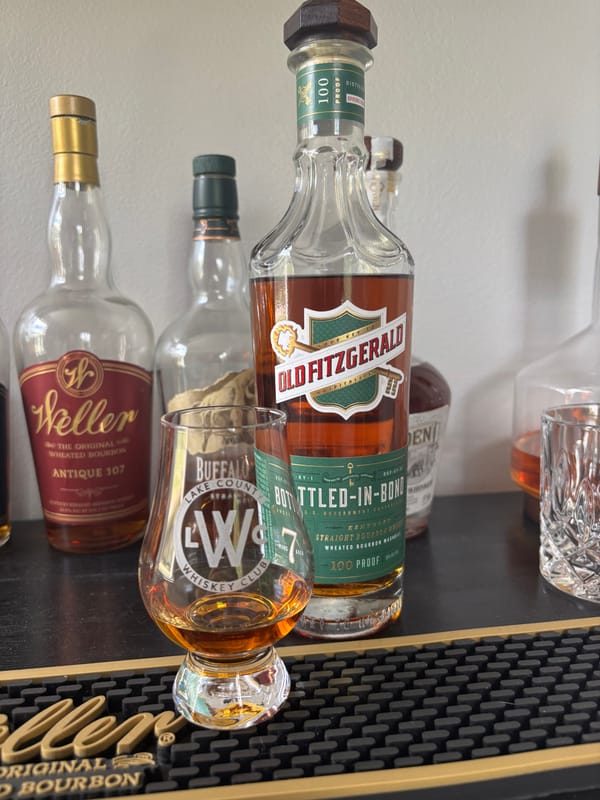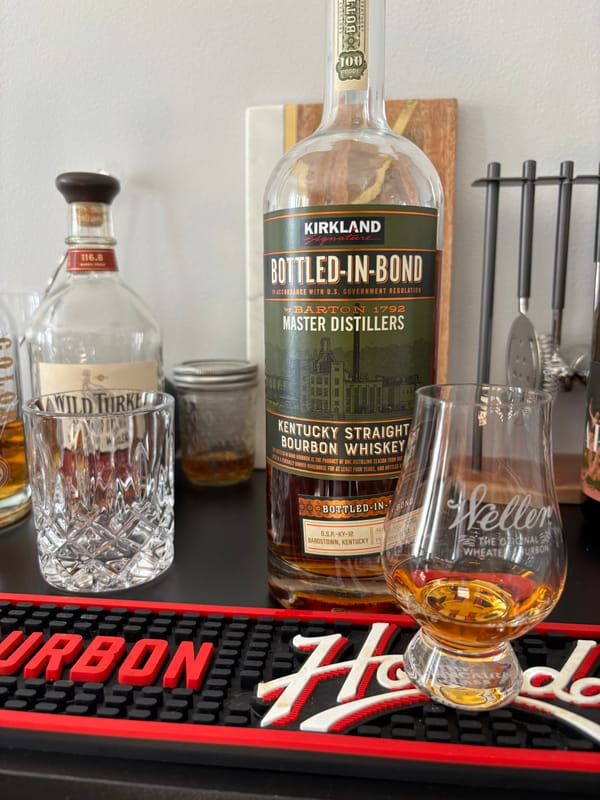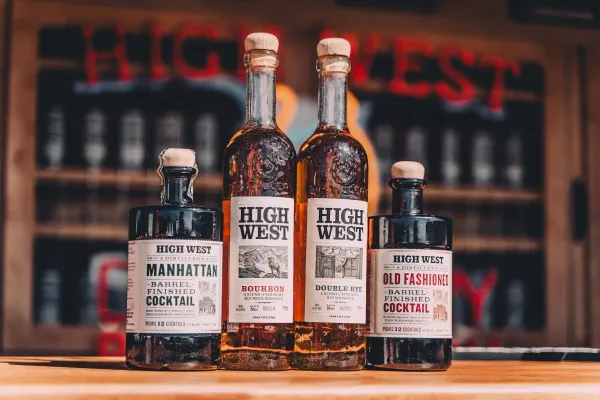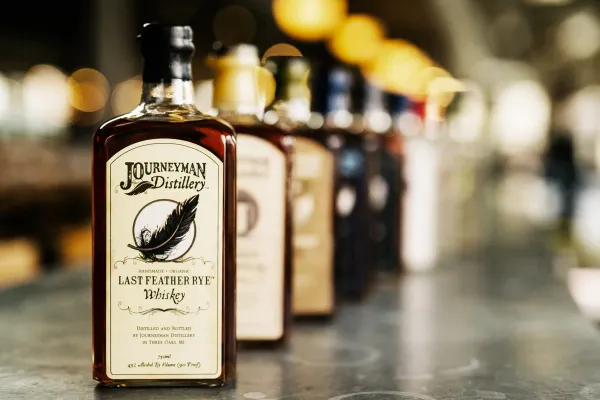Bourbon vs. Whiskey: What’s the Real Difference?

Bourbon vs. Whiskey Showdown
Bourbon’s whiskey, but not all whiskey’s bourbon—confused? These terms trip up plenty, but the difference is clear-cut and crucial. Here’s the breakdown of bourbon vs. whiskey, what sets them apart, and how it changes your pour.
What Makes Whiskey, Whiskey?
Whiskey’s distilled grain spirit, aged in oak—corn, rye, wheat, barley—anywhere in the world, per The Spirits Business (2021). Scotch (malted barley, Scotland), Irish (triple-distilled), and American (varied grains) fit—U.S. exports hit $1.9 billion in 2023 (The Spirits Business). No grain minimum, no oak rules—Jack Daniel’s ($25, Tennessee) uses 80% corn, charcoal-filtered, per Breaking Bourbon (2021).
What Makes Bourbon Special?
Bourbon’s U.S.-made (not just Kentucky), 51% corn, new charred oak, 160 proof max distillation, 125 proof max barreling, 80 proof min bottling, per 27 CFR § 5.22. Kentucky’s 95% share (Distilled Spirits Council, 2022) dominates—Buffalo Trace ($25) adds caramel, per Breaking Bourbon (2022). No additives—pure grain and wood.
Flavor and Production Differences
Bourbon’s sweeter—corn rules—vs. Scotch’s smoke or rye’s spice. Jim Beam ($20, bourbon) contrasts Glenfiddich 12 ($50, Scotch)—vanilla vs. pear, per Distiller.com (2021). New oak speeds flavor—2-3x faster in Kentucky’s heat, per Kentucky Distillers’ Association (2022)—while whiskey’s reused oak slows it, per Whisky Advocate (2022).
Why It Matters to You
Bourbon’s a whiskey subset—knowing it guides your pick. Want to taste the divide? Check out NEAT: Whiskey Finder—it’ll help you track down bourbon and whiskey near you.





